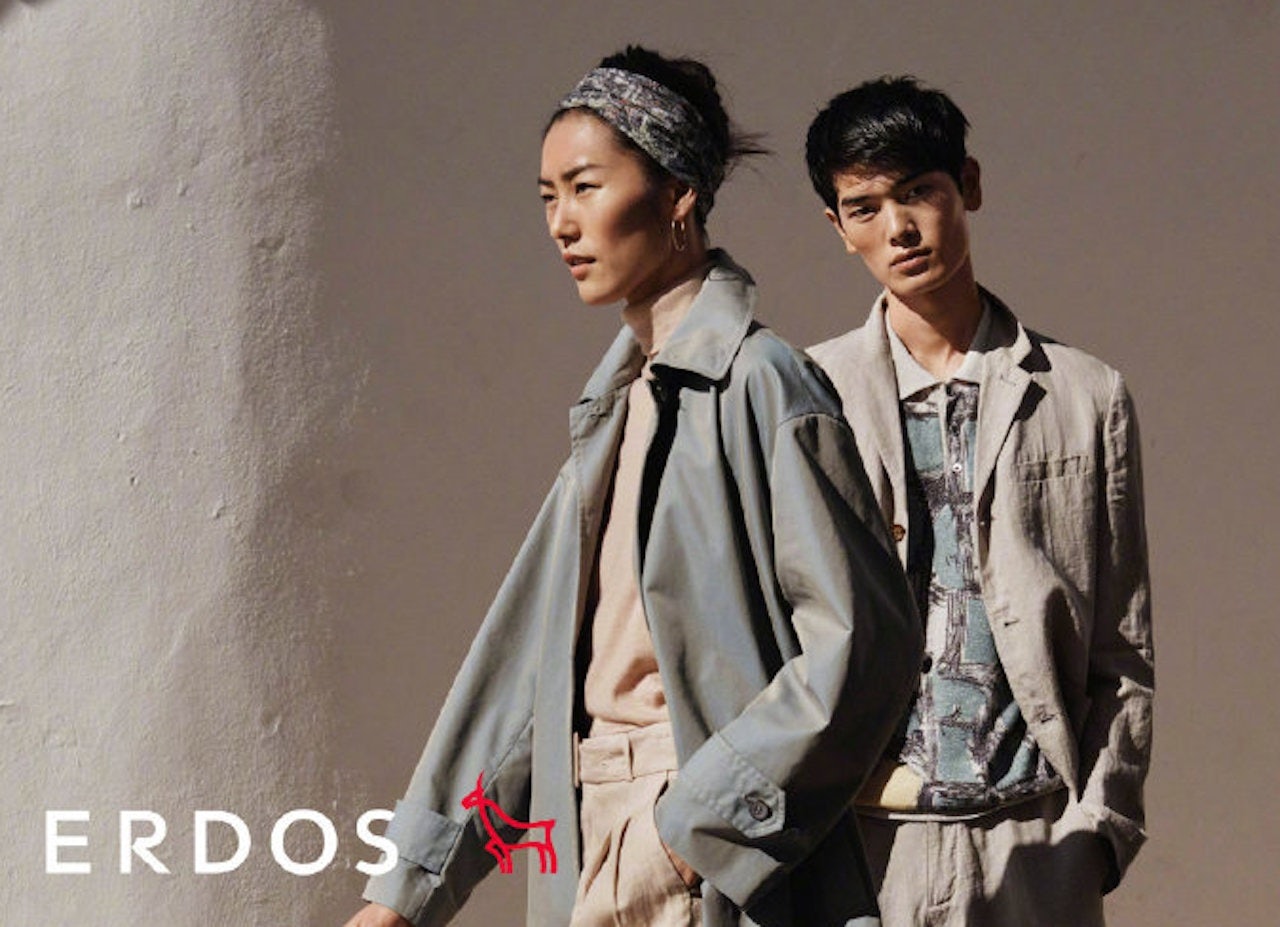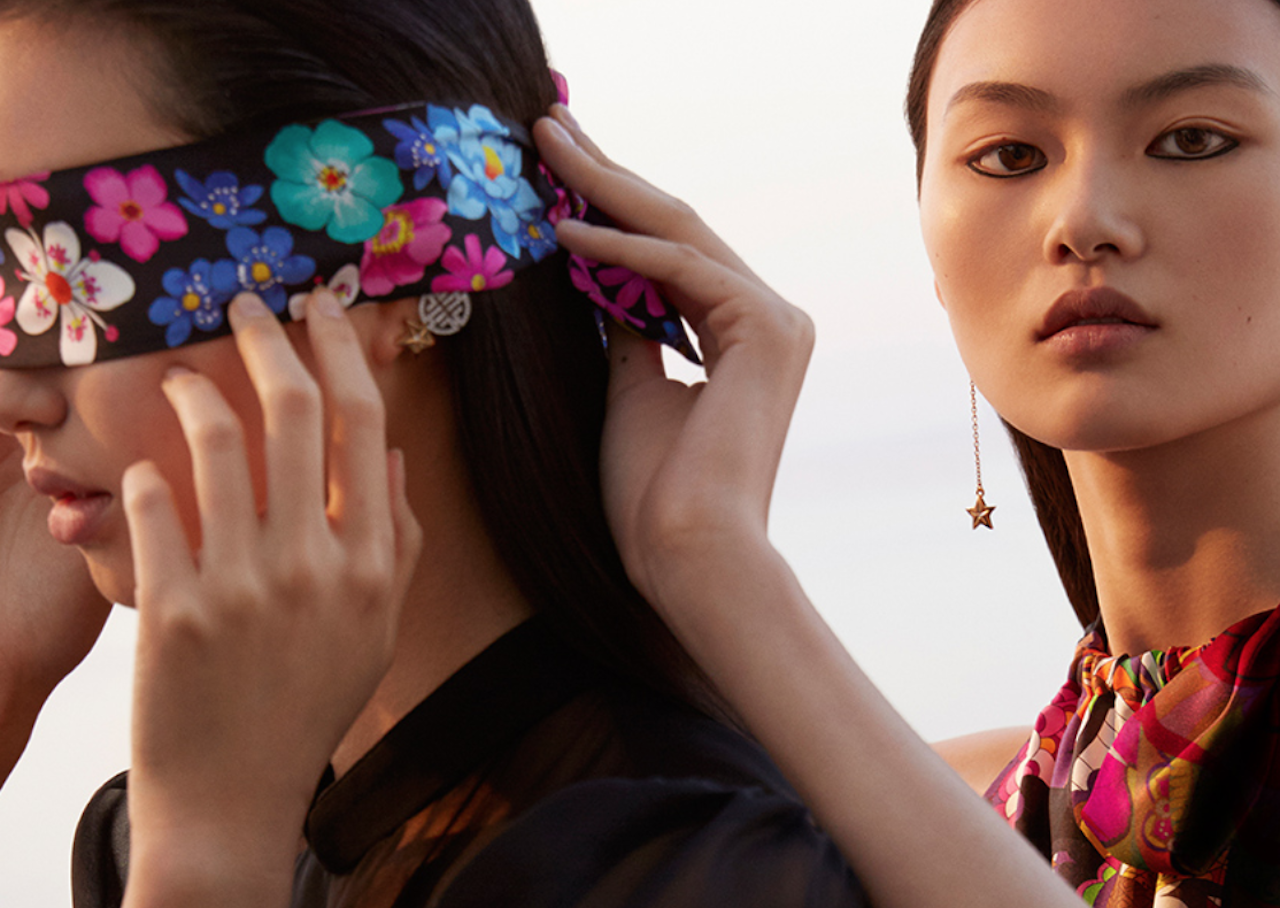From silk and jade to redwood furniture and Cheongsam (also known as qi’pao), ancient China has never been short on producing luxury goods that are widely sought-after by the rest of the world for its craftsmanship, artisanship, and top-notch quality. However, when it comes to modern luxury such as apparel, haute couture, leather handbags, etc, China is still working its way up the global supply chain.
In China, there are no homegrown brands or groups that are comparable to global industry leaders like LVMH, Richemont, and Kering in terms of popularity and professionalism. That’s largely due to the fact that the making of a modern luxury brand, or an empire, not only takes a tremendous amount of time, resources, manpower, and modern technologies and craftsmanship, but also requires a right economic and cultural environment.
After dethroning the United States as the world’s top luxury market, China now appears to be entering an era that sees companies attempting to climb up the value chain from the world’s manufacturing base to a country of creation and original ideas. Meanwhile, Chinese consumers are increasingly realizing that their massive purchasing power and how they can use it to influence China's luxury industry to support “Made in China” design. Jing Daily interviewed a round of industry players and Chinese luxury consumers on this topic, and here are four homegrown brands showing the potentials in becoming something substantial.
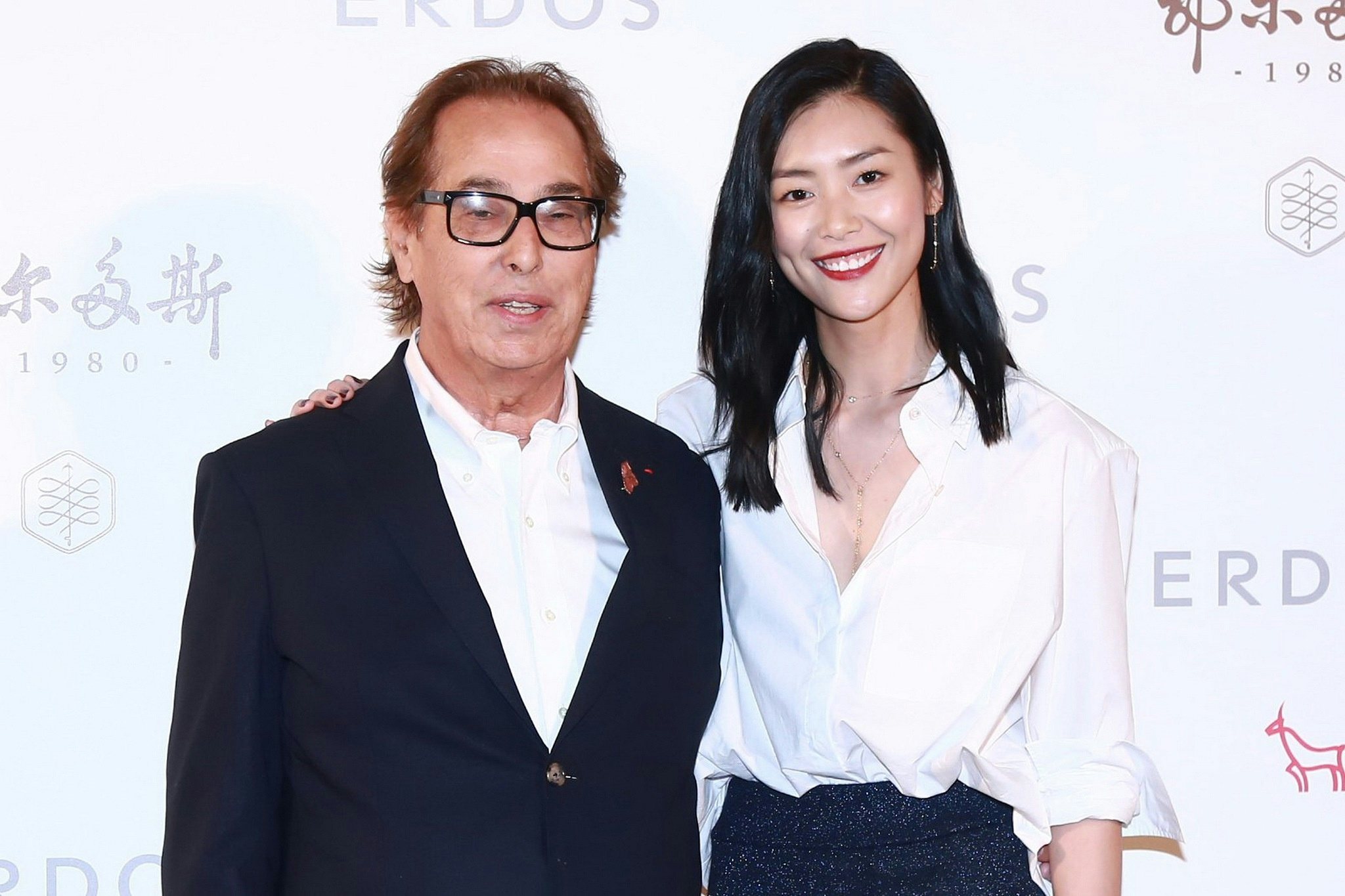
1436 by Erdos#
The premium cashmere brand 1436 is the luxury production line of Erdos Group, a Chinese industry conglomerate that is known for its knitwear goods. Founded in 1979 in the Northern China city Inner Mongolia, which is also China’s base of goats that mass produce as much as one-third of the world’s cashmere, Erdos Group used to supply materials to leading luxury brands including Loro Piana, Burberry, and Hermes. Today, the firm modernized its business model, incorporating a design thinking approach for its products, working with foreign designers from Giorgio Armani and Salvatore Ferragamo, and hosting catwalk shows. 1436 was created in 2006, named after the top-level cashmere industry standard. The brand has opened luxury retail stores in various Chinese cities and hosted catwalk shows. Many in the industry see 1436 as China’s “Loro Piana.”
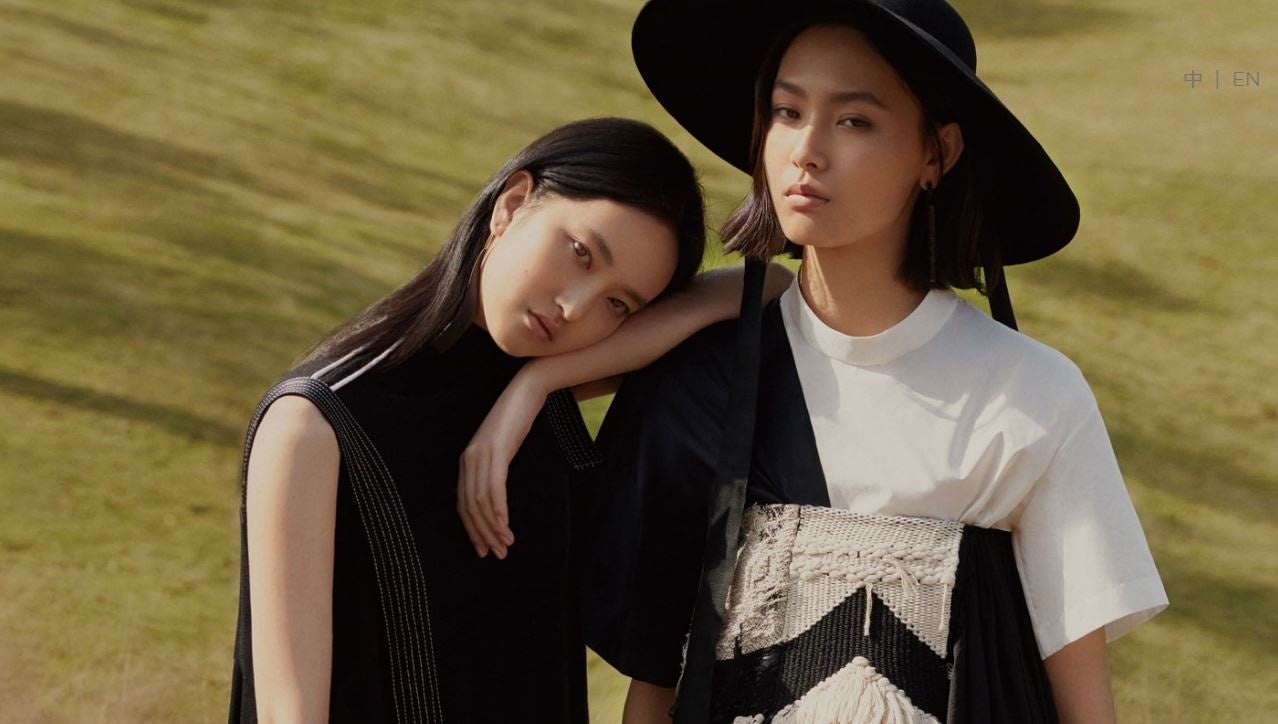
Marisfrolg#
The Shenzhen-based womenswear brand Marisfrolg was named by many Chinese consumers, who are majorly at their forties or fifties, as the first homegrown luxury brand they could think of. Specializing in making women apparel and accessories, Marisfrolg has an extensive retail network in China and has also expanded to overseas markets including South Korea and Singapore. Like Erdos, the company has modernized its design approach in recent years and developed into a full-fledged brand that encompasses design, production, sales, and branding.
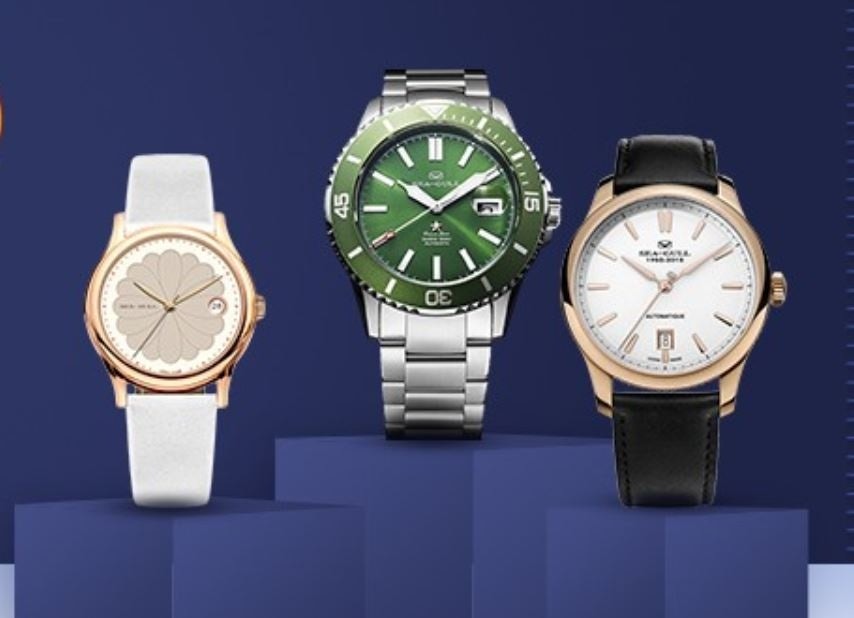
Seagull#
Established in 1955 under the order of the Chinese government, Tianjin Seagull Watch has evolved to be an important player around the world that masters the expertise in advanced watchmaking. The company manufactures a range of high-end, mid-range, and low-end multifunctional automatic mechanical watches and nearly 100 kinds of products, such as tourbillon, quarter repeater and minute repeater.
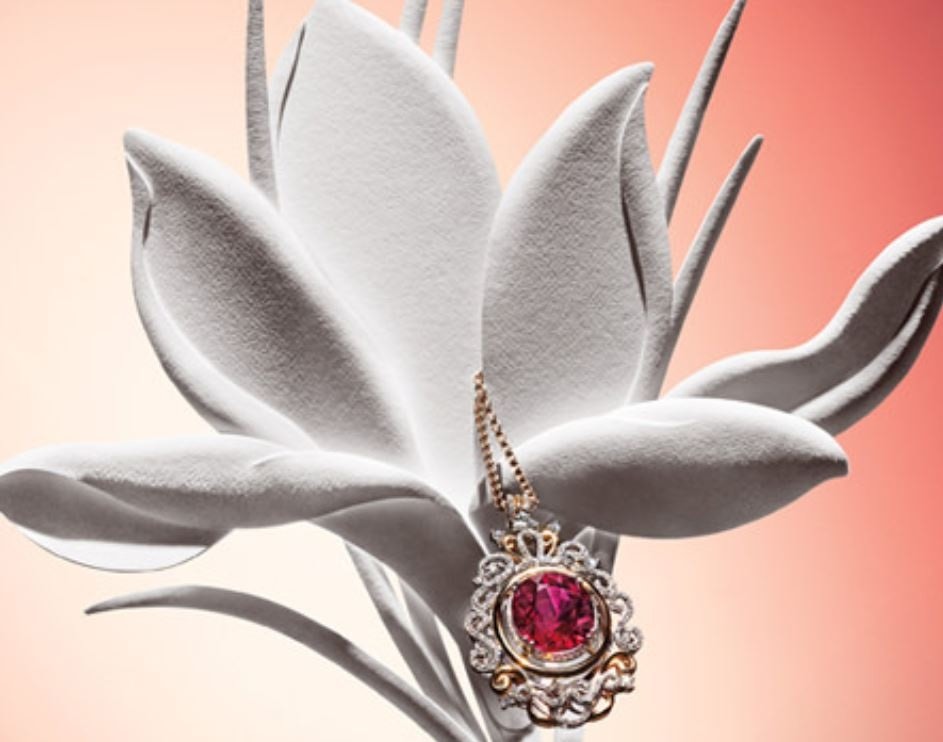
Lao Feng Xiao#
Lao Feng Xiao, hose history back to 1848 in Qing Dynasty, is one of China’s oldest gold and jewelry houses. The brand integrates traditional Chinese cultural symbols such as the Phoenix into its jewelry design, garnering the attention of culturally-conscious consumers. Today, Lao Feng Xiao is updating its product design and marketing approach to cater to the next-generation shoppers. The brand has opened retail stores in an array of Chinese cities, as well as overseas destinations such as New York and Sydney.
